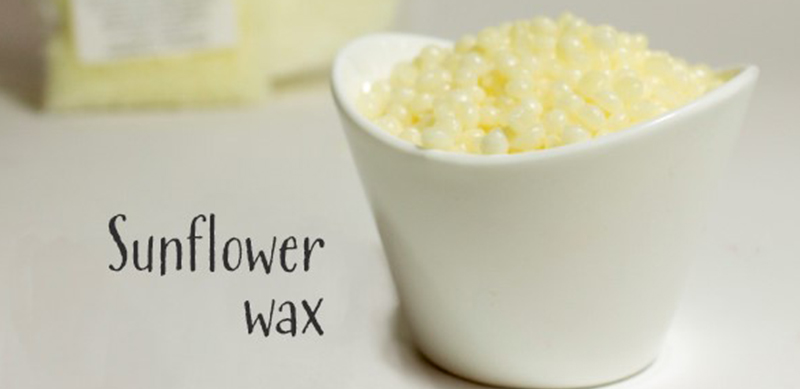How to Make Eyeshadow
 The colored micas that we sell can be used "as-is" as eyeshadow.
The colored micas that we sell can be used "as-is" as eyeshadow.However, you can save money and actually improve the adhesion and feel of the colored mica by extending it with a filler. The cheapest filler that we sell is Kaolin Clay. At $6 per pound (as of this post), that makes it a super-inexpensive filler. It also adds adhesion to the colored mica.
Other fillers which we recommend include: magnesium stearate, boron nitride, talc, silica microspheres, ronasphere, authentic silk powder and bismuth oxychloide.
Any time you mix a colored mica with a filler, you will change the look of the powder. Typically, the additives will make the colored mica less intense in hue and sometimes less shimmery. This can be a good thing, if it is what you want. You have to experiment.
For example, in the photo above, the color to the far right which is deepest in hue is our Deep Blue mica "as is". Below and to the left is the color mixed with equal amounts of our Authentic Silk Powder. You can see it becomes somewhat more matte, more translucent, and duller. Above and to the left is the color mixed with equal amounts of our Boron Nitride. It retains more of the shimmer and opacity, but it is also paler.
If you used less filler (in our examples it is equal parts filler to colored mica) the result would be a darker, more vibrant hue. You just have to experiment!
The easiest way to do your experimenting is to spoon your colored mica into a small zip lock bag (we sell 2" x 2" bags for this purpose) and then spoon in your filler. Then, zip the bag closed and mix by mushing between your fingers.
When you are doing this, start with a measured amount of colored mica and then add a small amount of filler to it (for example, start with 1 teaspoon of colored mica and add only 1/16th of a teaspoon of filler). Mush and then test it on your skin. Look for color, slip (how it feels going on), sheen (how shiny it is), and translucency. Slowly add more filler in small amounts, as you desire.
You may have heard that you should mix the products with a small grinder such as a coffee bean grinder or bud grinder (a handheld machine used to grind "herbs"). While this is a good idea if you are using pure oxides and ultramarines (heavier, more intense colors), we don't recommend it when you are working with colored mica.
These machines damage the shine and brilliance of colored mica. Colored mica is specially manufacturered and that kind of blending (called "high shear") breaks the powder up and makes it duller. Since gentle mushing between your fingers is sufficient, we suggest it!
Finally, don't forget that you can use this technique to blend your own colors. For example, you could do a blend of the Deep Blue mica, Patagonia Purple mica and then some boron nitride. You can also use different kinds of fillers. For example, maybe you'll want to use a blend of boron nitride and bismuth oxychloride for your filler. You just have to play!
Hope this helps you get started playing with our colors! We sell our samples for an affordable price just for this purpose.
For more info, visit our site at www.wholesalecolors.com (or www.tkbtrading.com).
